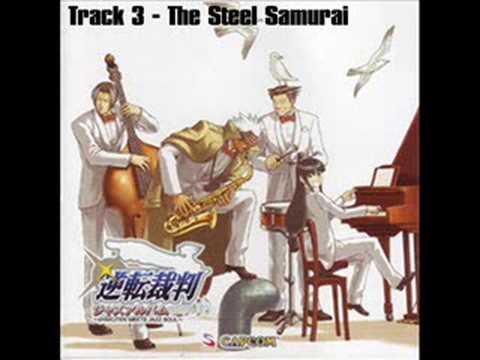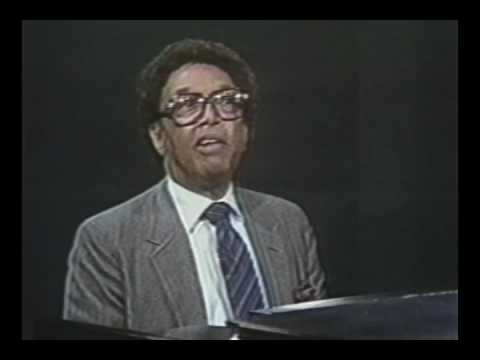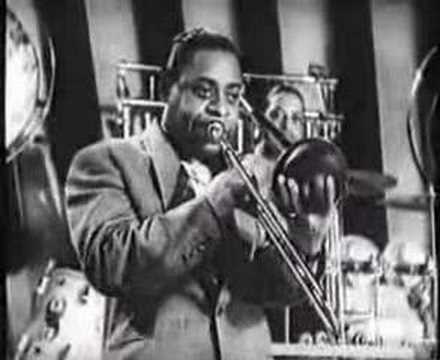STARDUST- Jazz Piano
"Stardust" is an American popular song composed in 1927 by Hoagy Carmichael. I apologize for the video on the dark side of the keyboard, unfortunately I realized only after rthe recording.But luckily I have put the small keypad, for people who want maybe to earn a few notes ![]() Anyway, I hope you enjoy. You can also visit my other new channel: www.youtube.com There I just start to make some tutorials for Jazz musicians beginners, and more
Anyway, I hope you enjoy. You can also visit my other new channel: www.youtube.com There I just start to make some tutorials for Jazz musicians beginners, and more ![]() More info about: Composition "Stardust" (the song's original title was "Star Dust", which has long been compounded into "Stardust" was written at the Book Nook in Bloomington, Indiana (across the street from the Indiana University School of Law, where Carmichael had attended school ) on an old upright piano, and first recorded in Richmond, Indiana, for Gennett Records (Gennett 6311) by Carmichael with Emil Seidel and his Orchestra and the Dorsey brothers as "Hoagy Carmichael and His Pals" on October 31, 1927, as a peppy (but mid-tempo) jazz instrumental. Carmichael said he was inspired by the types of improvisations made by Bix Beiderbecke.([1]) The tune at first attracted only moderate attention, mostly from fellow musicians, a few of whom (including Don Redman) recorded their own versions of Carmichael's tune. Mitchell Parish wrote lyrics for the song, based on his own and Carmichael's ideas, which were published in 1929. A slower version had been recorded in October 1928, but the real transformation came on May 16, 1930, when <b>…</b>
More info about: Composition "Stardust" (the song's original title was "Star Dust", which has long been compounded into "Stardust" was written at the Book Nook in Bloomington, Indiana (across the street from the Indiana University School of Law, where Carmichael had attended school ) on an old upright piano, and first recorded in Richmond, Indiana, for Gennett Records (Gennett 6311) by Carmichael with Emil Seidel and his Orchestra and the Dorsey brothers as "Hoagy Carmichael and His Pals" on October 31, 1927, as a peppy (but mid-tempo) jazz instrumental. Carmichael said he was inspired by the types of improvisations made by Bix Beiderbecke.([1]) The tune at first attracted only moderate attention, mostly from fellow musicians, a few of whom (including Don Redman) recorded their own versions of Carmichael's tune. Mitchell Parish wrote lyrics for the song, based on his own and Carmichael's ideas, which were published in 1929. A slower version had been recorded in October 1928, but the real transformation came on May 16, 1930, when <b>…</b>











Ich mag das Video
Relaxed and smooth jazz interpretation, well done, Alfonso! We adore You, admire You! One of the best interpretations of “STARDUST”….for sure! S.E. Tramitz/Pianist from Hotel Bristol
Great! Wonderful music for dreaming in a Pianobar, with a cocktail…
I love your playing. Specifically, you obviously have good technique, and could play flashier if you wanted to, but use your technique as a means to an end. The end seems to be, to my ear, largely to bring out the harmonies, which I think are wonderfully chosen. They are dissonant enough to be interesting, but really fit well with the music you’re playing.
Thanks for uploading so much beautiful music.
Thanks for your kind comment , I am really glad you like it.